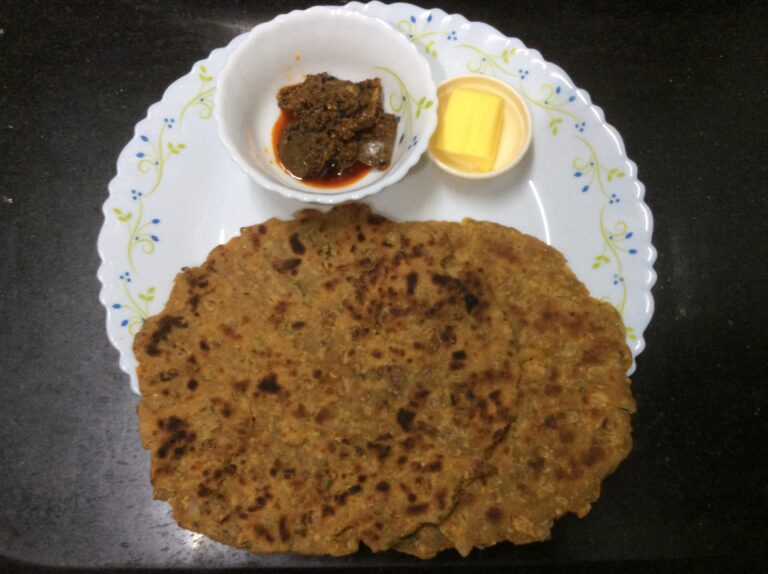MAKING OF VANGIBHATH
- It provides a sufficient amount of fiber, vitamins and minerals.
- It is high in antioxidants, which can fight against cellular damage.
- It improves heart function and reduces LDL and Triglyceride levels.
- It promotes Blood sugar levels, because of its fiber content.
- It has fewer calories and thus helps in weight loss.
- It protects against some types of cancer.
- BRINJAL is a versatile ingredient and can be combined with many vegetables while making dishes.
- Chana dal-1/2 cup
- Urad dal-1/2 cup
- Red chilies-(mix of byadagi and guntoor)-25 grams
- Dry coriander seeds-1/2 cup
- Cinnamon-4 (1-inch pieces)
- Moggu (Kapok buds)-2 number
- Cloves-6-7 number
- Nutmeg-1/4 piece
- Javitri (mace)-2 numbers
- Curry leaves-20-25 leaves
- Keep a thick-bottomed fry pan on a low flame and let it heat.
- Now put chana dal and dry roast till it gets a golden brown color. Remove on a plate.
- In the same way, roast Urad dal also, till golden brown color. Remove it on a plate.
- Add 1/2 a teaspoon of oil and roast dry coriander seeds, till crispy.
- Now put 1/2 a teaspoon oil and roast the red chilies and curry leaves. Roast till the chilies puff up and become crispy.
- Now add 1/2 teaspoon oil to the pan and add the whole spices,e. Cinnamon, nutmeg, mace and moggu, and cloves, Roast for a while and put off the flame.
- let all the ingredients cool, before grinding them to powder.
- GRIND THEM TO A LITTLE COARSE POWDER.
- VANGIBHATH POWDER IS READY.
- If you are storing the powder for a long time, you can make the spice mix in this way.
- If you are using this powder immediately, you can use 1/2 a cup of dry coconut and dry roast a bit, and grind along with the other spices.
- you can use fresh coconut gratings as well, as garnishing over the VANGIBHATH.
MAKING OF VANGIBHATH (BRINJAL RICE)
COOKING OF RICE FOR VANGIBHATH
- For making rice, use any old (mature) Raw Rice.
- You can use BASMATHI RICE as well.
- If you are using RAW RICE, use water in a ratio of 1:2 or 2 and 1/2.
- If using BASMATHI RICE, a 1:2 ratio of water is enough.
- Soak the rice after washing for about 20 mts in both cases.
- After soaking, put the rice in the cooker with the water needed.
- Squeezing 1/2 a lime juice to that makes the RICE TO PUFF NICELY.
- Cover and let it pressure cook for 2-3 whistles.
- Allow the cooker to cool by itself. Do not forcibly release the pressure.
- Rice is ready,
- Big brinjal-1/2 kg
- Tamarind-1/2 lime size
- Oil-2 tablespoon
- Groundnuts-2 tablespoons
- Chana dal-1 tablespoon
- Urad dal-1 tablespoon
- Curry leaves-10-12 in numbers
- Mustard seeds-1 teaspoon
- Turmeric powder-3/4 teaspoon
- Hing (asafoetida)-1 small pinch
- Salt-1 teaspoon or less
- Vangibhath powder- 2 -3 teaspoon
- Take big-sized brinjal and cut it into cylindrical pieces and put it in salt water to avoid its darkening.
- Clean the tamarind, remove stems and seeds, and soak it in water to extract the juice.
- Keep all the other ingredients ready. (measured)
- Keep a frying pan and heat it on a low flame.
- Add oil and when it gets heated, add Mustard seeds and hing.
- When done, add groundnuts and saute. when it starts splitting, add chana dal and urad dal too.
- Add curry leaves and turmeric powder.
- When the dals turn to crispy golden color, remove them from the pan to a bowl.
- In the same pan add cut brinjal pieces and saute.
- Now add salt and let it cook.
- when you see that the brinjal is soft, add 2 teaspoons of the VANGIBHATH MIX you just made.
- Also, add the tamarind extract and combine all of them together.
- Now put the garnishing.
- Now add the cooked and cooled rice. (Do not mix very hot rice, because it may break while mixing).
- Garnish with fresh coriander leaves and dry or wet coconut gratings.
- You can use the vangibhath powder, for making other Rice bhath like Capsicum bhath, Potato bhath, cluster beans bhath, and kundru (thondekai in Kannada) bhath,
- we can make vegetable upma, using this bhath powder with Rawa or semolina.








One Comment